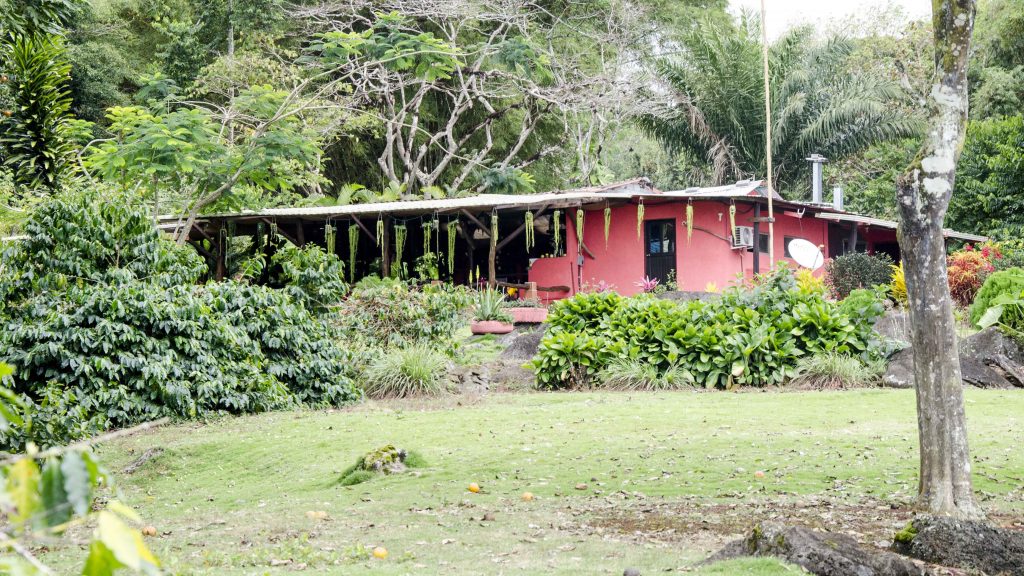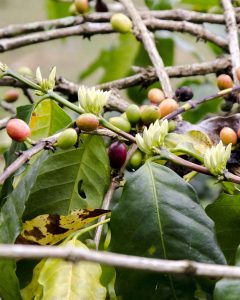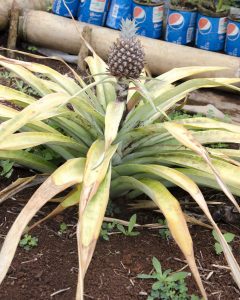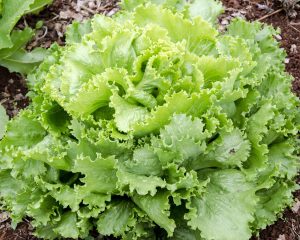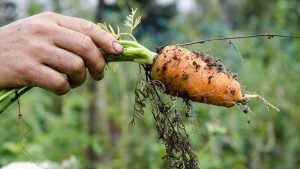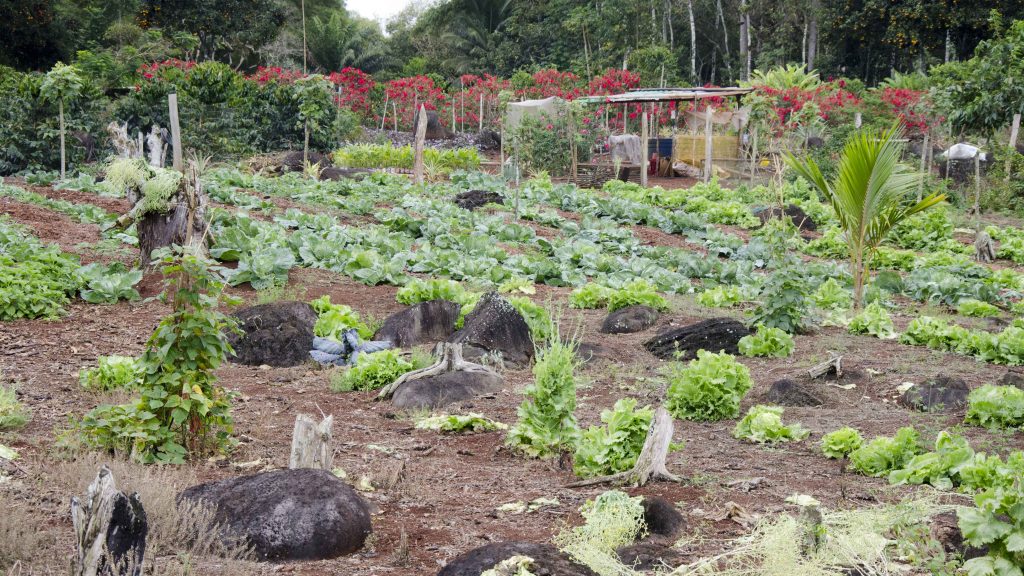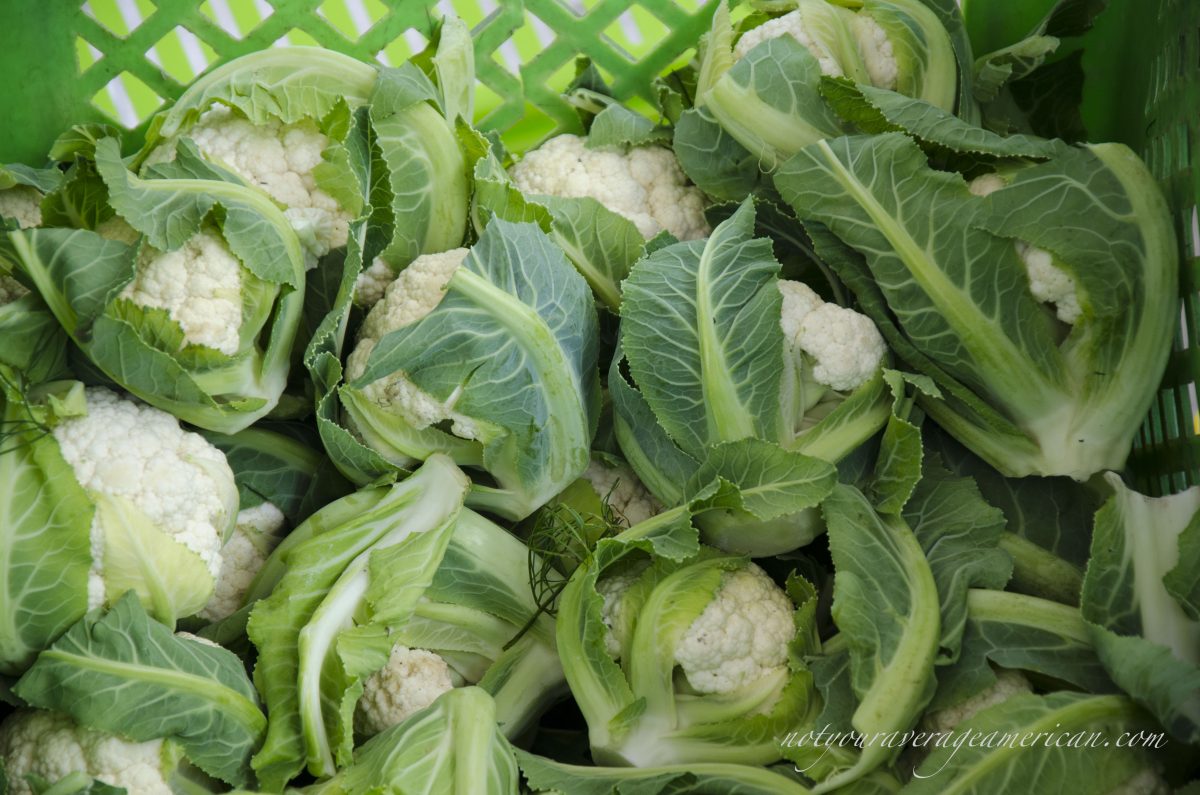As responsible travelers evolve, so do the stories we share.
This article is part of our living archive — trusted content we continue to care for.
First published on April 29, 2016 • Last updated on April 29, 2016.
 Never in my wildest dreams did I imagine visiting an organic farm on the Galapagos Islands. Like most of us, I only pictured wild animals and even wilder places. I didn’t think of human populations at all.
Never in my wildest dreams did I imagine visiting an organic farm on the Galapagos Islands. Like most of us, I only pictured wild animals and even wilder places. I didn’t think of human populations at all.
But the Galapagos is populated by more than 25,000 legal residents. Add 1,800 temporary residents and about 5,000 other people with irregular status and thats a lot of folks needing food, water, and shelter. It is expensive to ship food from the mainland. Therefore, many local farms not only survive but thrive in the highlands of each of the most populated islands.
On San Cristobal it is possible to not only visit an organic farm but to eat their produce in their restaurant as well. They are called Otoy Restaurant. We only learned about the farm and its restaurant because our taxi driver for our day tour, Wilson, suggested that we might be interested in seeing the farm.
We stopped on our way to visit the sites at the far side of the island. We toured the arm and then made a reservation for a later lunch. A reservation was recommended by our taxi driver just in case a big tour group came along but I don’t think the restaurant would have had any problems taking last minute guests. However, reviews on TripAdvisor imply that some of the more popular dishes sell out early so if you stop in and order lunch, you dish will be reserved for you. And you can take a few extra minutes to tour the farm.
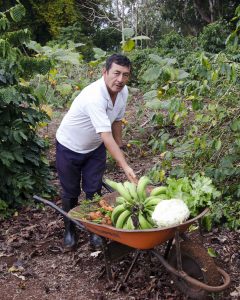 The farm tour was self directed, at first. The farm has an incredible view out to the west coast of San Cristobal. That was worth seeing by itself. Then we wandered the trail from the main house and restaurant out to the farm fields.
The farm tour was self directed, at first. The farm has an incredible view out to the west coast of San Cristobal. That was worth seeing by itself. Then we wandered the trail from the main house and restaurant out to the farm fields.
Wilson also made a great guide and he pointed out the different fruits and vegetables growing in the fields. Most were what you might expect, lettuces and cabbage, carrots and peppers, sweet potatoes and broccoli. We were eventually joined by one of the farmhands, Juan, who was harvesting fresh veggies and pushing his cornucopia of goods in a huge wheel barrow. He took pleasure in pointing out the strange fruit called naranjilla, several trees with bunches of green platano, and locally grown coffee beans.
- Coffee Beans, Otoy Farms, San Cristobal, the Galapagos.
- Pineapple, Otoy Farms, San Cristobal, the Galapagos.
- Lettuce, Otoy Farms, San Cristobal, the Galapagos.
- Broccoli, Otoy Farms, San Cristobal, the Galapagos.
- Freshly Pulled Carrot, Otoy Farms, San Cristobal, the Galapagos.
But Juan was most proud of a crop that is sometimes eaten by humans but is more commonly eaten by the Giant Galapagos Tortoise. It is called otoy, also the name of the restaurant and farm.
The large leaves of the otoy (Xanthosoma sagnittifolium) look like an ornamental elephant leaf plant you might find in your grandmother’s potted plant collection. It is an endemic species but the local tortoise hatcheries cannot harvest it from the wild. Farms that grow otoy are able to sell the huge leaves to the tortoise raising facilities so that tortoises can eat a native plant that is a part of their traditional diet.
 When we returned later that afternoon, we enjoyed a delicious lunch. The patio was comparatively cool on a hot, humid afternoon and made a nice oasis after hiking Puerto Chino in the full sun. Although the restaurant costs more than others on the island, we felt that eating a meal here was doing more than providing us lunch; we were supporting a sustainable method of farming on an island where farming needs to be organic in order to protect the local wildlife and the land on which they depend.
When we returned later that afternoon, we enjoyed a delicious lunch. The patio was comparatively cool on a hot, humid afternoon and made a nice oasis after hiking Puerto Chino in the full sun. Although the restaurant costs more than others on the island, we felt that eating a meal here was doing more than providing us lunch; we were supporting a sustainable method of farming on an island where farming needs to be organic in order to protect the local wildlife and the land on which they depend.
[ready_google_map id=’61’]


